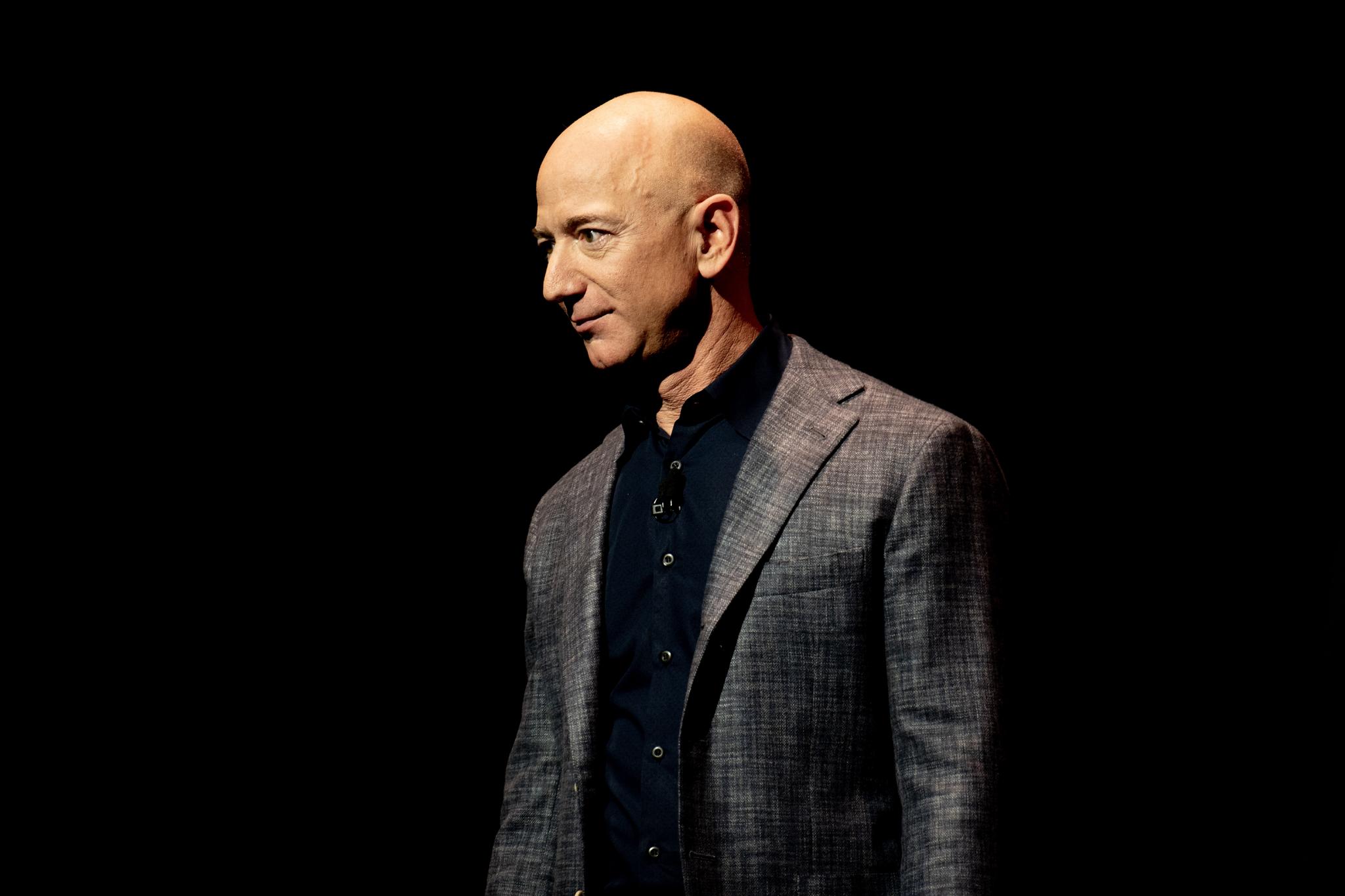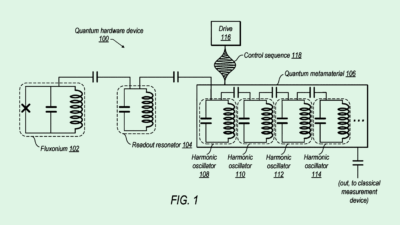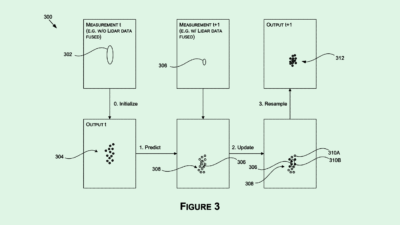FTC Gets Specific in its Amazon Antitrust Case
Amazon, at the behest of its billionaire founder, intentionally packed its search results pages with junk ads, the FTC alleges.

Sign up for smart news, insights, and analysis on the biggest financial stories of the day.
Hate all the junk ads popping up when you browse Amazon? Jeff Bezos says you’re welcome.
According to new less-thoroughly-redacted documents released by the FTC Thursday as part of its wide-ranging antitrust probe of Amazon, the e-commerce giant, at the behest of its billionaire founder and no-longer-CEO, intentionally packed its search results pages with junk ads. And that’s just the beginning of the dirt alleged by the FTC.
Scroll Down Monopoly Lane
Amazon has long been the FTC’s biggest target, with the regulator out to prove that the company abuses its dominant market position to the detriment of both shoppers and third-party sellers. When the FTC finally filed the antitrust suit in September, the publicly available version of its original complaint was heavily redacted, withholding key details about Amazon’s not-so-savory business practices — details that now, finally unredacted, look like key evidence in the FTC’s case.
Chief among the complaint’s unredacted portions is a charge that Amazon intentionally schemed to sell more junk ads — ads for products that are scarcely related to a users’ search terms, including ads so irrelevant the company internally dubbed them “defects” — in a bid to boost advertising profits, one of its fastest-growing pillars. Conversely, the proliferation of advertising in search results coincided with Amazon pressuring third-party sellers to offer their products at a lower price on Amazon than they do anywhere else, or risk unfavorable search result placement. That meant many merchants raised prices on products outside of Amazon to cover the costs of doing business on Amazon, especially as the e-commerce giant dramatically increased its sales cut from third-party merchants using its “Fulfilled by Amazon” service, which sellers felt compelled to use for its link to search result placement.
It only gets worse from there:
- Another unredacted section, almost entirely blacked-out in the original version of the complaint, highlights “Project Nessie,” a secret algorithm Amazon employed between 2015 and 2019 to calculate how much it could raise prices, and, importantly, whether those hikes would be matched by competitors who tend to follow Amazon’s lead.
- While the FTC says Project Nessie generated more than $1 billion in additional profits by raising prices, Amazon says the FTC “grossly mischaracterizes” the algorithm, which was used to stop price-matching from accidentally lowering prices to unsustainable levels.
Search and Destroy: While the unredacted portions of the complaint feature plenty of internal Amazon documents and communications, what isn’t featured in the evidence is what could hurt Amazon most. Literally. The FTC alleges that Amazon used the “disappearing message” feature on the encrypted messaging platform Signal to effectively destroy over two years’ worth of internal communications, from June 2019 through early 2022.











